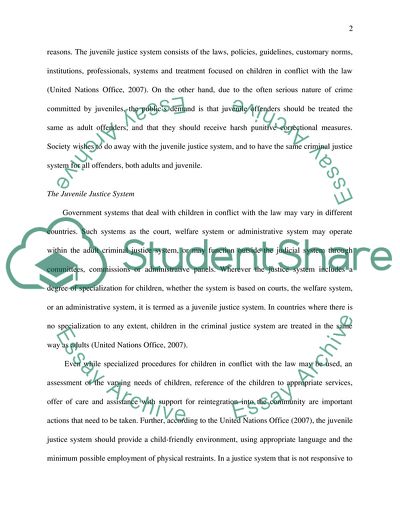Cite this document
(The Juvenile Justice System Report Example | Topics and Well Written Essays - 1250 words, n.d.)
The Juvenile Justice System Report Example | Topics and Well Written Essays - 1250 words. https://studentshare.org/law/1719275-juvenile-justice-system-vs-societys-point-of-view-against-juvenile-criminality
The Juvenile Justice System Report Example | Topics and Well Written Essays - 1250 words. https://studentshare.org/law/1719275-juvenile-justice-system-vs-societys-point-of-view-against-juvenile-criminality
(The Juvenile Justice System Report Example | Topics and Well Written Essays - 1250 Words)
The Juvenile Justice System Report Example | Topics and Well Written Essays - 1250 Words. https://studentshare.org/law/1719275-juvenile-justice-system-vs-societys-point-of-view-against-juvenile-criminality.
The Juvenile Justice System Report Example | Topics and Well Written Essays - 1250 Words. https://studentshare.org/law/1719275-juvenile-justice-system-vs-societys-point-of-view-against-juvenile-criminality.
“The Juvenile Justice System Report Example | Topics and Well Written Essays - 1250 Words”. https://studentshare.org/law/1719275-juvenile-justice-system-vs-societys-point-of-view-against-juvenile-criminality.


